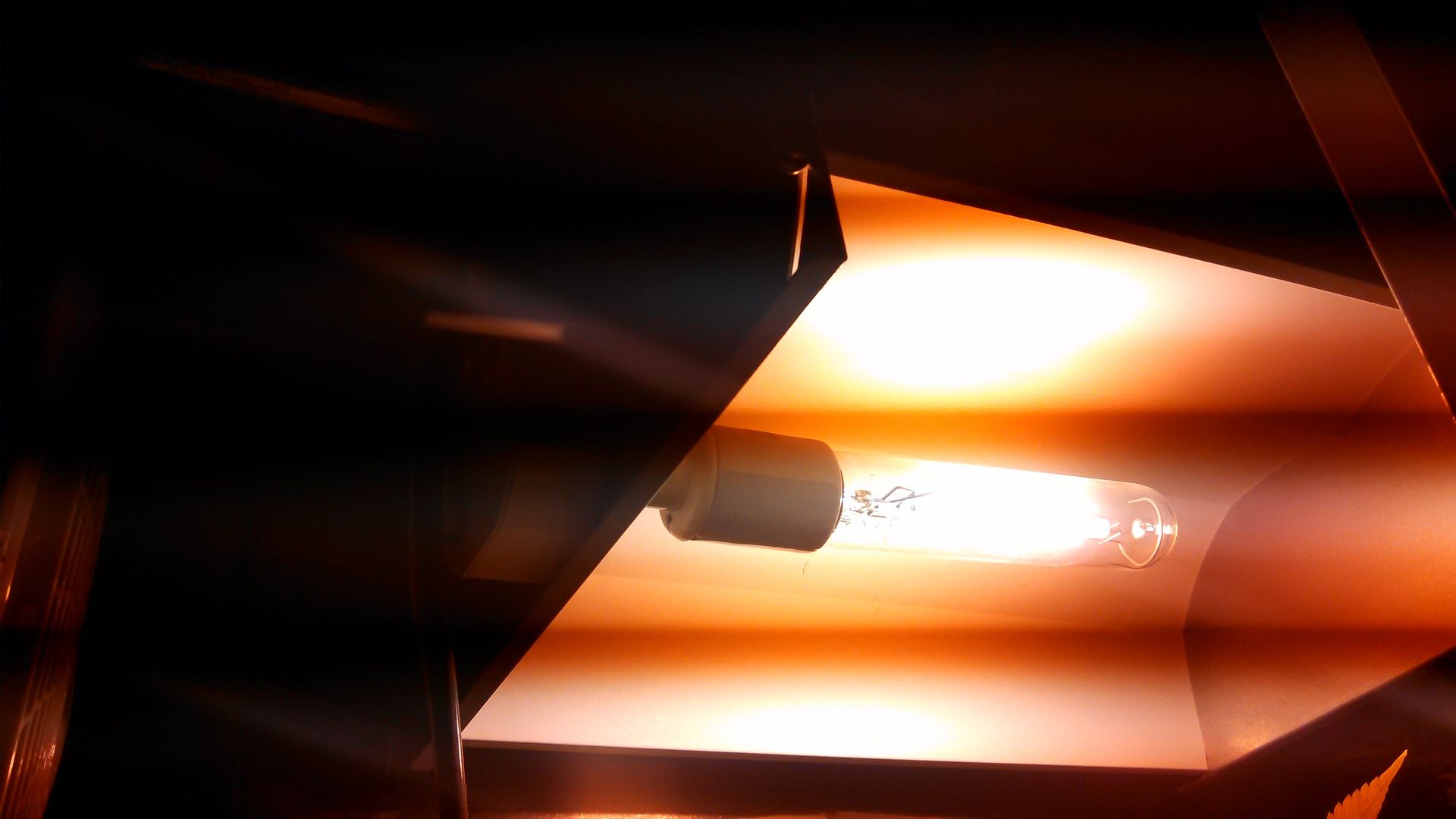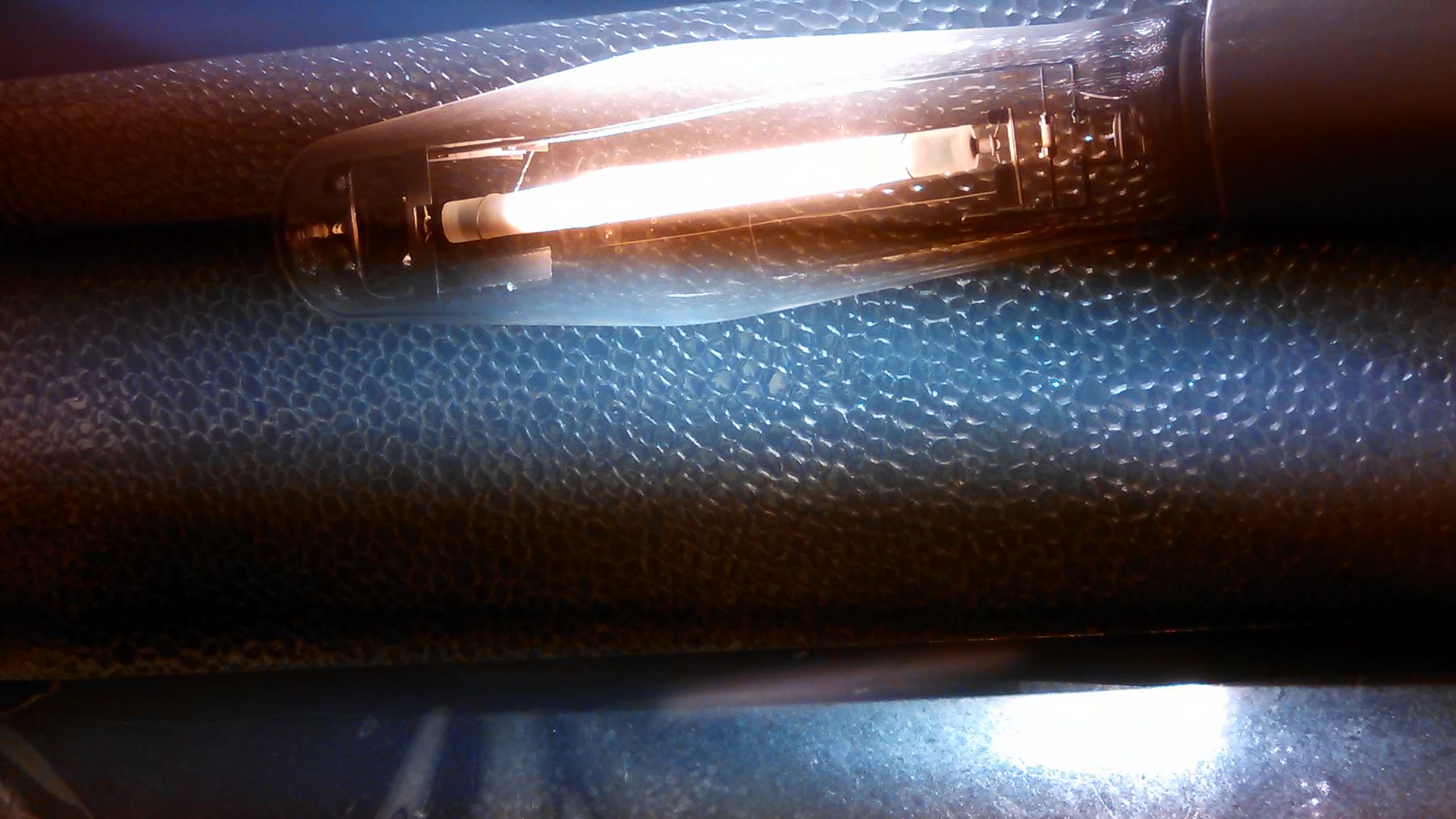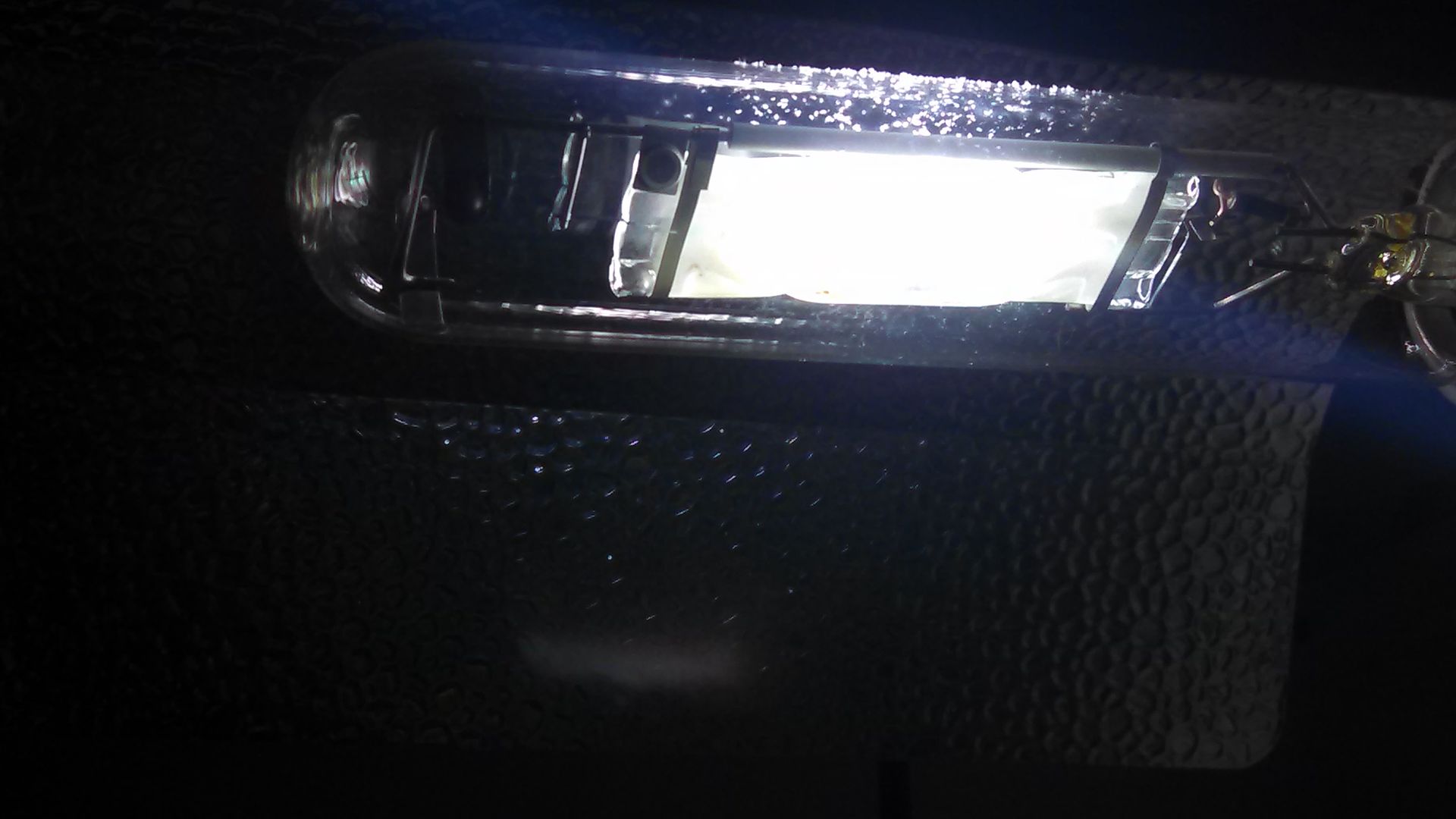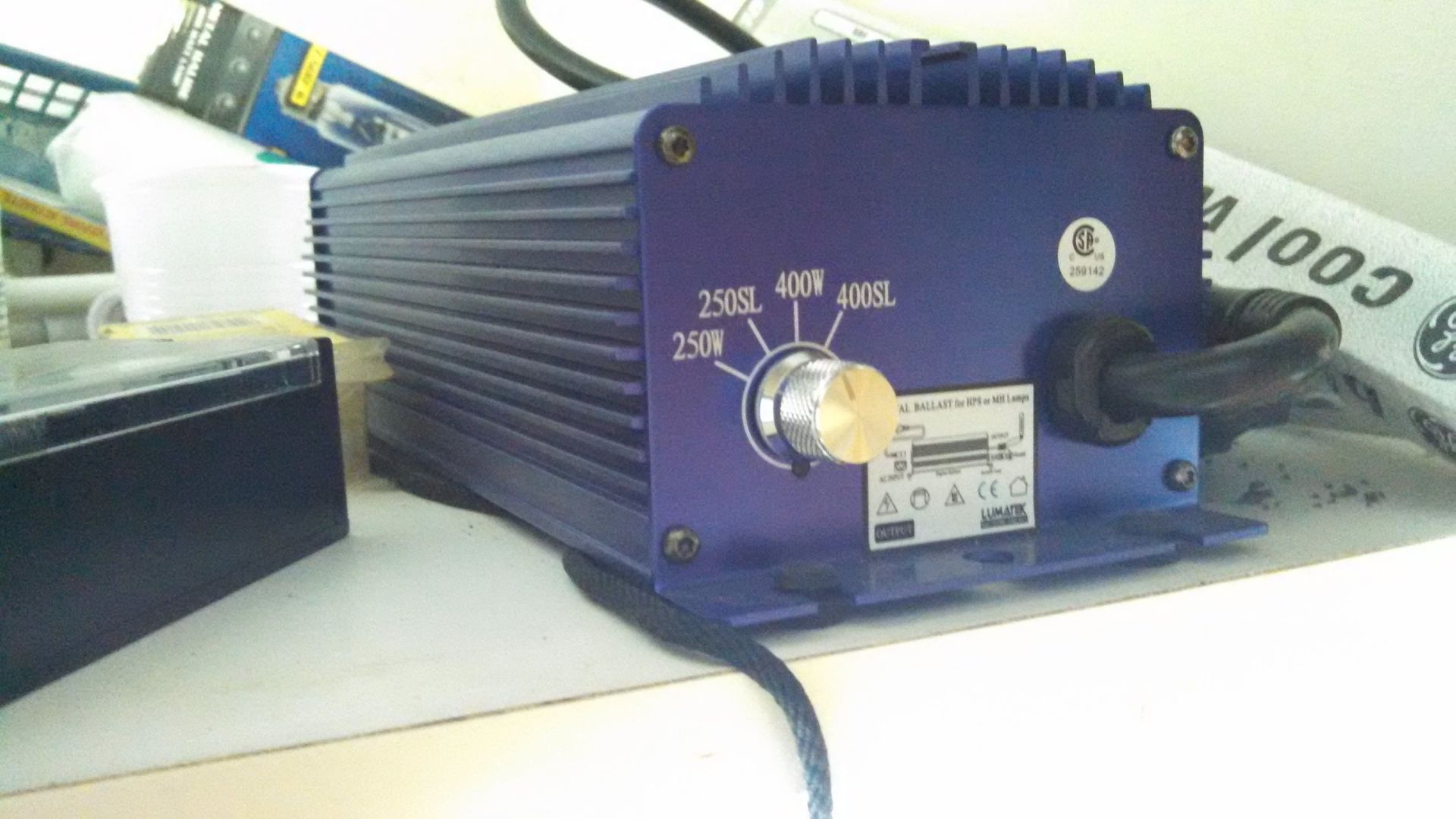I've been busy. Remember those clear EYE lamps I posted on the previous page? Well here in the UK clear mercs are very very difficult to come by, we don't use them and haven't done for decades, if ever really except in the early days (where we'd have been more likely to use LPS or fluorescent) so they're like gold dust. Well another collector traded me ONE of those for all of this:
There's 6 mercs there and one is a self-ballasted as well. Two are clapped out with blackened arc tubes (this was a request) and the little 50W in the middle is a new GE which is a totally lush lamp.
I also bought some Philips HPLs (cheapese unfortunately) the "4" range apparently being designed to virtually eliminate early failures, but they don't tally up very favourably at all after the 24,000 hour mark, which is where Philips say 50% of failures will occur. So no Lifeguard by any means, then...
^^50W HPL4 and a dim 80W merc ----------------- ^^50W HPL4 and the 80W HPL4 ----------------------- ^^50W HPL4 and the "ordinary" HPL-N 125W
The slightly disappointing thing about these is, they have the potential to be really nice modern lamps, but in typical Chinese fashion they look like sh!t. The HPL4 logo on the top of both of them is like a wonky halo and the cap on the small one isn't even connected to the glass straight. The small one is a "deluxe" type with a colour temperature of 3400K.
Now, the real daddy of the collection will be, when it arrives, the 100W Lifeguard lamp I bought off the US ebay a few days ago. It's a 100W BT shape with .. wait for it .. a /C phosphor!! And by the looks of it, it's NOT A Philips Westinghouse, which we all know stands for crapola. AFAIK they stopped even using /C before Philips took over, and I can't see any Philips branding.
I've become a bit of a merc fanatic lately, it's probably fighting for the favourite spot over SOX. It's quite unusual as well in that I don't normally like anything with a colour temperature "higher" than about 3500K but I just can't get enough of the light from a clear merc, it's just lush.
The following picture of course exaggerates the differences between DX and clear mercs, but I like how artistic it turned out. I was running those two (250 and 400W) in series off a large SON ballast for a bit, as I'd never powered them up before. I do need 250W gear though as that lamp is a UK made Thorn and has a really nice output, probably better when it's not having the shit overdriven out of it!














